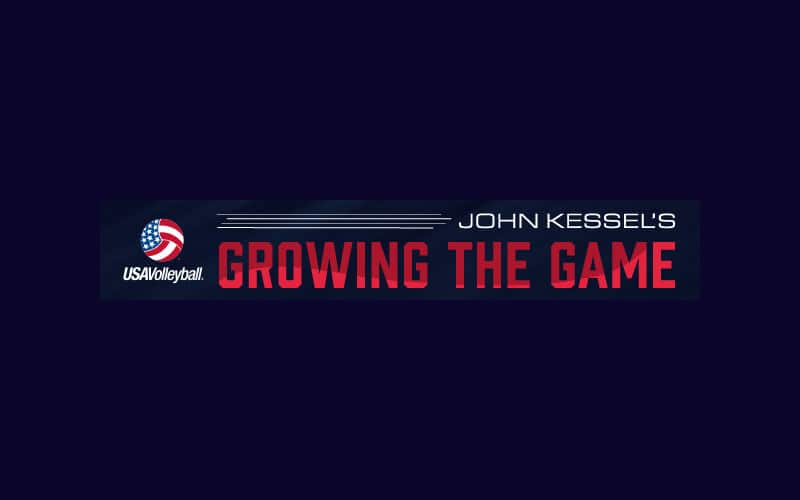
Both online and during in-person coaching clinics, if you want to get more clicks or attendees, the best way to do that is to mention one word: drills.
When I was a new coach, I bought Bob Bratton’s book “300 Plus Volleyball Drills,” and celebrated when his sequel, “400 Plus Drills,” came out. You can now search the internet for “volleyball drills” and get more than 30 million. Coaches constantly ask peers on Facebook for new drills, ones that toughen kids, ones that teach better technique. This need for drills is why we say that drills are the drugs of coaches.
But why is it that when U.S. National Team coaches are asked how many drills they do with their teams, the answer over the decades has been essentially “About 10-15.” At that level, you might think they have so much experience they could be doing a thousand drills or more. It all comes down to promoting the most effective learning environment in the gym.
That is based on the principle of specificity in training.
Consider these thoughts when you seek to get the most transfer from practice to performance:
- What skill starts every point in every match? The serve. How many of your drills start with a serve? Simply, not enough.
- There is a net in between your team and your opponent during every single play in every single match. How many of your drills involve one? Since what we see determines how we move, getting good at drills with no net creates a false confidence. It’s only when the net (and blockers at higher levels) comes into play that a player learns most effectively.
- I used to stand in front of the net and fling balls all over the court for players to learn defense. I took half the reps, but I would never play a single point. I was stealing their learning (and covered this more in a blog called “Let the Kids Handle Every Volleyball”). Players I taught this way became good at reading my tosses, not actual hits. Practice looked good, but it wasn’t anything like reality.
Was I teaching anything that helped a player read a real tip or a real touch off the block? Or anything from the attackers’ approach? My players learned none of that, and that is simply not effective learning for how little time we had in the gym. - When in practice, keep the ball flying. Keep teaching during this period – pull players out and coach them individually if you must – but keep everyone playing. Wash scoring gives more than 25% more contacts per hour than scrimmaging, and speedball gets similar percentages versus traditional queen/king of the court. More touches result in more learning, and that results in more winning. You can even double that learning by adding a second ball.
Take a look at this blog where I went from 12 players playing speedball in one group to two groups of six players playing speedball. Twice the learning in the same amount of time. - By having a core of 10-15 game-like drills, you can create scoring variations. The athletes think it’s new, and the learning environment stays as competitive and as reality based as possible. A point is scored with every serve/rally ever played, so scoring needs to be part of every drill. Hopefully, your gym culture reaches the point that when you forget to design/share your drill scoring with the players, they ask “Coach, how do we win this one?”
Thus, you need fewer drills and more scoring variations. You need to stay out of nearly every drill and allow your players to perform a majority of the teaching. Your role is to be a guide to learning, be it one-on-one, in small groups, or the whole team. Let the game teach the game. Use the net, serve and serve-reception and simply create constraints on the game to encourage fun.
Here’s to a great season for you, and thanks so much for coaching.

